1. Schlitz Beer’s “Don’t Worry, Darling” Ad
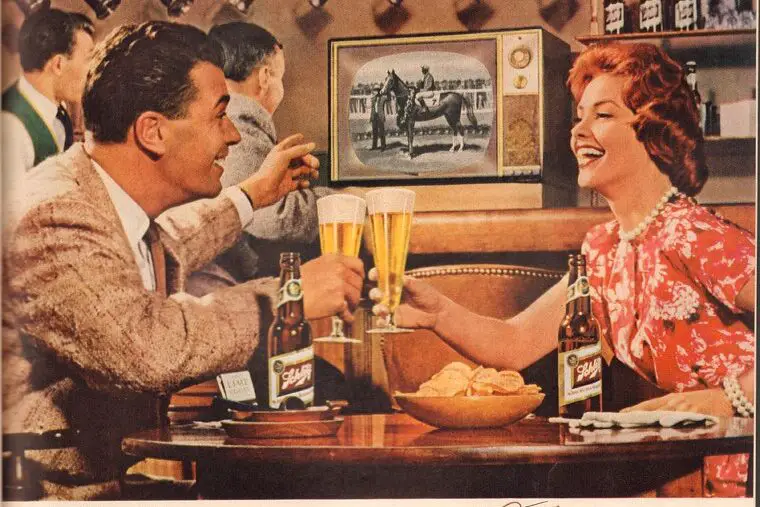
Schlitz Beer ran an ad in the ’60s that looked more like a warning than a commercial. It featured a woman looking guilty and distressed after burning dinner, only for her husband to reassure her that everything was fine because she bought Schlitz Beer. The tagline? “Don’t worry, darling, you didn’t burn the beer!” The entire premise revolved around the idea that a woman’s main job was to cook for her husband, and failing at it was a disaster that required immediate damage control.
The ad played into the fear that a wife’s worth was directly tied to her ability to serve her husband properly. It subtly suggested that a burnt meal could be a relationship-ending offense—unless, of course, she had the foresight to buy the right beer. Looking at this commercial now, it’s hard not to be disturbed by the underlying message. Women were expected to feel shame over minor mistakes, while men were positioned as the forgiving, rational ones who had to deal with their wives’ shortcomings. The sheer level of condescension in this ad would never fly today, and thank goodness for that.
2. Newport’s “Alive with Pleasure” Ad
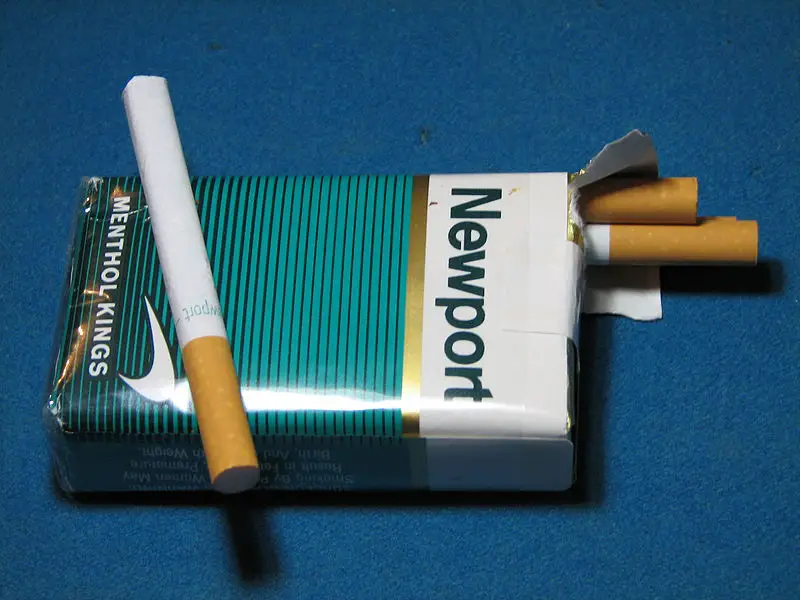
Newport’s “Alive with Pleasure” campaign from the ’60s might have seemed like harmless cigarette marketing at the time, but looking at it now, it’s shocking how brazenly it ignored the dangers of smoking. The ads often featured happy couples engaging in activities like playing tennis or splashing in the ocean, with cigarettes in hand as if they were the key to a fulfilling life. Today, the idea of linking smoking to health and happiness feels not just misleading but downright dangerous, given what we now know about lung disease and cancer. Even worse, these ads frequently relied on racial stereotypes, often portraying Black and Latino characters in exaggerated, party-like settings to push the idea that smoking was “cool” and carefree according to NPR. The implication that cigarettes were a ticket to social success and attractiveness now seems manipulative at best and unethical at worst. What’s even wilder is that these ads were everywhere—on TV, in magazines, and even plastered on billboards, ensuring that everyone, including kids, saw them regularly. Looking back, it’s disturbing how much the tobacco industry was able to get away with before regulations tightened.
Newport wasn’t alone in this type of messaging, but their ads were some of the most egregious offenders. They often played into gender roles as well, showing men lighting cigarettes for women in a way that implied both romance and male dominance. Some commercials even had subtle messaging that suggested cigarettes could relieve stress and improve a bad mood, as if they were some kind of medicinal cure rather than an addictive product. The fact that these commercials aired on prime-time TV meant that children were absorbing these messages as well, a thought that feels horrifying today. While tobacco advertising has since been heavily restricted, the damage from decades of deceptive marketing like this still lingers in public health statistics. Watching these ads now, it’s hard not to cringe at how casually people inhaled smoke while laughing with friends, blissfully unaware of—or perhaps ignoring—the deadly consequences says Heart.org.
3. Fritos’ “Frito Bandito” Ad

The “Frito Bandito” character was a shockingly racist stereotype that wouldn’t fly for a second in today’s world. Introduced in the late ’60s, the character was a cartoon Mexican bandit with a thick accent, a mustache, and a revolver, playing into every negative stereotype imaginable. He would sing about stealing Fritos and speak in broken English, making it clear that the ad was mocking Mexican culture rather than celebrating it. Even more appalling, the character was voiced by Mel Blanc, the same actor who voiced Speedy Gonzales, another racially insensitive portrayal of Mexican people. The idea that an entire ad campaign was built around a character who proudly stole snacks and spoke in a way that mocked an entire group of people is almost unfathomable today. The commercials ran constantly, and shockingly, many people found them amusing rather than offensive at the time explains Fox Business.
What makes this ad even worse is how long it took for people to finally push back against it. Advocacy groups started calling it out in the early ’70s, but Frito-Lay dragged their feet in retiring the character. It wasn’t until public outrage grew too loud to ignore that the company finally pulled the campaign, but the damage had already been done. The “Frito Bandito” left a lasting impact, reinforcing negative stereotypes that still persist in some corners of pop culture today. Watching these ads now is painful, not just because of the overt racism but also because of how normalized it was at the time. The fact that a major company thought this was an acceptable way to sell chips is a reminder of how much advertising has changed—and how much it still has to improve.
4. Tipalet’s “Blow in Her Face” Ad
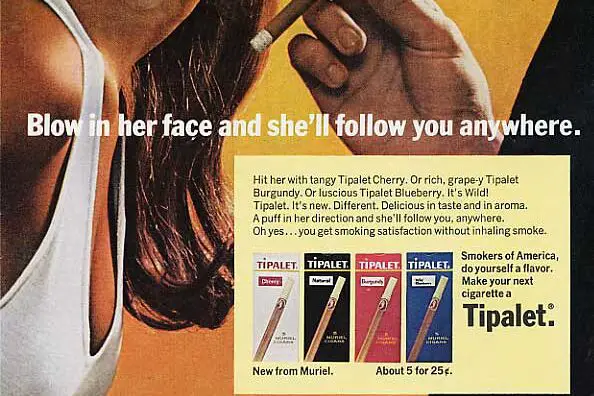
If there was ever an ad campaign that perfectly encapsulated the misogyny of the era, it was Tipalet’s infamous “Blow in Her Face” commercial. The ad featured a man exhaling a cloud of cigarette smoke into a woman’s face while she looked at him with admiration, as if secondhand smoke was some kind of irresistible aphrodisiac. The tagline read, “Blow in her face, and she’ll follow you anywhere,” a statement so wildly inappropriate that it feels almost like a parody today. The implication that women were so weak-willed and desperate for male attention that they would be seduced by a lungful of tobacco fumes is both insulting and absurd. Beyond the obvious sexism, the ad also completely ignored the health dangers of secondhand smoke, which we now know can be just as harmful as smoking itself says CNN.
What’s even crazier is that Tipalet was actually trying to position their cigarettes as a premium product, meant to make men seem more desirable. The ad leaned into the idea that women existed purely to be impressed and wooed by men, a concept that feels completely outdated now. Watching it today, it’s hard to imagine how anyone thought this was a good idea, yet it ran in major magazines and even aired on television. The blatant disregard for both women’s autonomy and public health is almost breathtaking. If an ad like this aired today, it would be immediately met with backlash, and rightly so. It’s a perfect example of how much both advertising standards and societal attitudes toward women have evolved in the past few decades.
5. Lysol’s “Feminine Hygiene” Ad
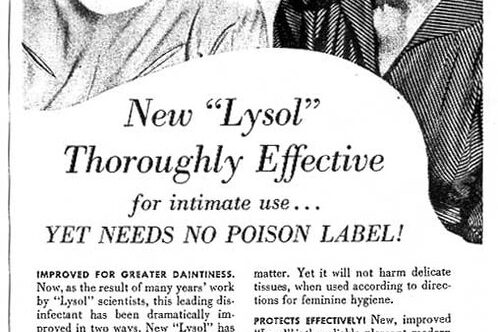
Believe it or not, Lysol used to market itself as a feminine hygiene product, and the ads were as horrifying as you’d expect. The campaign pushed the idea that women needed to “freshen up” for their husbands, implying that a woman who didn’t use Lysol was at risk of losing her marriage. The ads even suggested that a woman’s “intimate neglect” could be the reason for marital problems, a deeply manipulative and shaming tactic. Even worse, Lysol wasn’t actually safe for internal use, but that didn’t stop them from marketing it as a solution to personal cleanliness. The fact that women were being encouraged to use a household disinfectant as part of their hygiene routine is absolutely terrifying adds Smithsonian Magazine.
The ads often featured concerned-looking women being lectured by doctors—or worse, by their own husbands—about how they needed to do more to keep their men happy. Some even suggested that using Lysol could prevent unwanted pregnancies, a claim that was not only false but also dangerous. Looking back, it’s hard to believe that companies were allowed to prey on women’s insecurities in such a blatant way. The entire campaign was built on fear and shame, convincing women that their worth was tied to their ability to please men. Seeing these ads now, it’s clear just how much progress has been made in both women’s health and advertising ethics.
6. Van Heusen’s “Show Her It’s a Man’s World” Ad
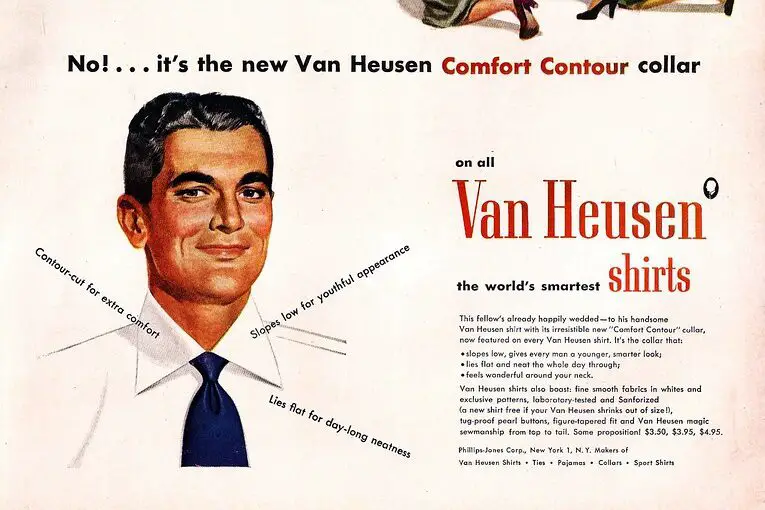
Van Heusen’s ’60s advertising campaign featured one of the most blatant examples of sexism in marketing history. The ad showed a woman in a submissive pose, serving breakfast to a man who was still lying in bed, dressed in a pristine shirt. The slogan? “Show her it’s a man’s world.” The message was clear: a woman’s role was to cater to her husband, and men were the ultimate authority in the household. The fact that a major clothing brand so openly pushed this idea feels surreal today, but at the time, it was just another day in advertising.
Beyond the obvious sexism, the ad reinforced harmful gender roles that took decades to dismantle. It suggested that women existed purely to serve men, and their happiness was secondary, if not irrelevant. Seeing it now, it’s hard not to cringe at the sheer arrogance of the messaging. The idea that a man could “show” his wife who’s in charge simply by wearing a Van Heusen shirt is both ridiculous and insulting. If this ad were released today, the backlash would be immediate and overwhelming. Thankfully, we’ve come a long way from the era when marketing like this was not just accepted but encouraged.
7. Folgers’ “Wives Can’t Make Coffee” Ad

Folgers ran a whole series of ads in the ’60s built around the idea that women were incapable of making a decent cup of coffee. These commercials usually featured a frustrated husband berating his wife for her terrible coffee, followed by a miraculous transformation once she switched to Folgers. One ad showed a husband sighing in disappointment as he drank his wife’s coffee, saying, “You know, dear, your coffee just doesn’t taste as good as it should.” Another had a husband scolding his wife in front of guests, embarrassing her over a simple cup of coffee.
The underlying message was that a woman’s value was tied to how well she could perform domestic tasks. The idea that men had the right to criticize their wives so harshly over something so trivial feels outrageous now. Even worse, the ads suggested that a wife’s failure to make good coffee could put her marriage at risk. The implication was that if a woman didn’t satisfy her husband’s tastes, he had every right to be disappointed or even angry. Watching these commercials today, it’s shocking how normal it was to see women being humiliated over something as small as coffee quality.
8. Dr. Pepper’s “It’s Not for Women” Ad
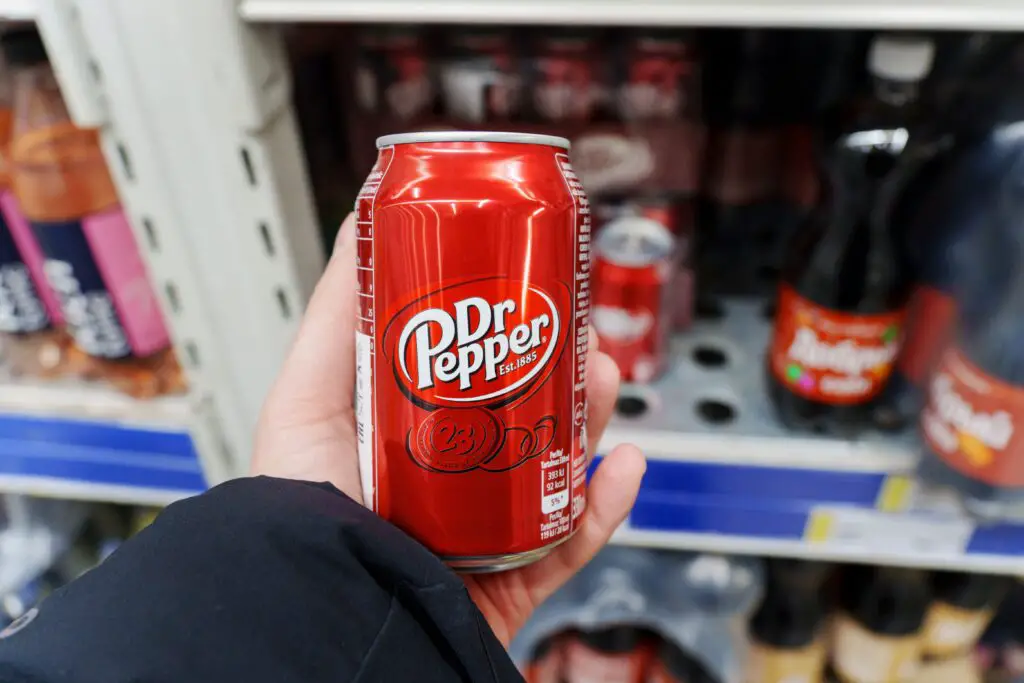
While Dr. Pepper’s infamous “It’s Not for Women” campaign technically came decades later, its roots can be traced back to sexist advertising in the ’60s. One of their early commercials featured a group of rugged men drinking soda while dismissing women as too delicate for “bold flavors.” This kind of messaging was common in the era, where ads frequently suggested that certain products were strictly for men. From cars to cigarettes to soft drinks, companies played into gender stereotypes to push their products.
This particular campaign implied that masculinity was tied to what a person consumed, a concept that still lingers in some advertising today. It reinforced the idea that women should stick to “lighter” drinks, while men needed something stronger to maintain their image. The idea of excluding women from something as trivial as a soda brand feels absurd now, but at the time, it was a common marketing tactic. Watching these ads today, it’s hard to believe how blatantly advertisers relied on outdated gender norms. If a campaign like this aired now, it would be torn apart on social media within hours.
9. Calgon’s “Ancient Chinese Secret” Ad

Calgon’s “Ancient Chinese Secret” commercial was a textbook example of casual racism in advertising. The ad featured a Chinese-American couple running a laundry business, with the husband smugly telling a customer that their superior cleaning results were due to an “ancient Chinese secret.” In reality, the “secret” was just Calgon detergent, and the ad played on exoticism and stereotypes about Asian people being mysterious and different. Worse, the actors spoke in exaggerated accents, reinforcing the idea that they were foreign and “other.”
At the time, people saw this ad as lighthearted, but looking at it now, it’s clear how offensive it was. It reduced an entire culture to a gimmick and made a joke out of Chinese heritage. The portrayal of Asian characters as having mystical knowledge instead of simply running a business like anyone else was a tired trope even then. The ad also contributed to the perception that Asian immigrants weren’t “fully American,” an idea that still causes harm today. It’s a reminder of how much advertising has changed—and how much it still needs to improve.
10. Marlboro’s “You’ve Come a Long Way, Baby” Ad
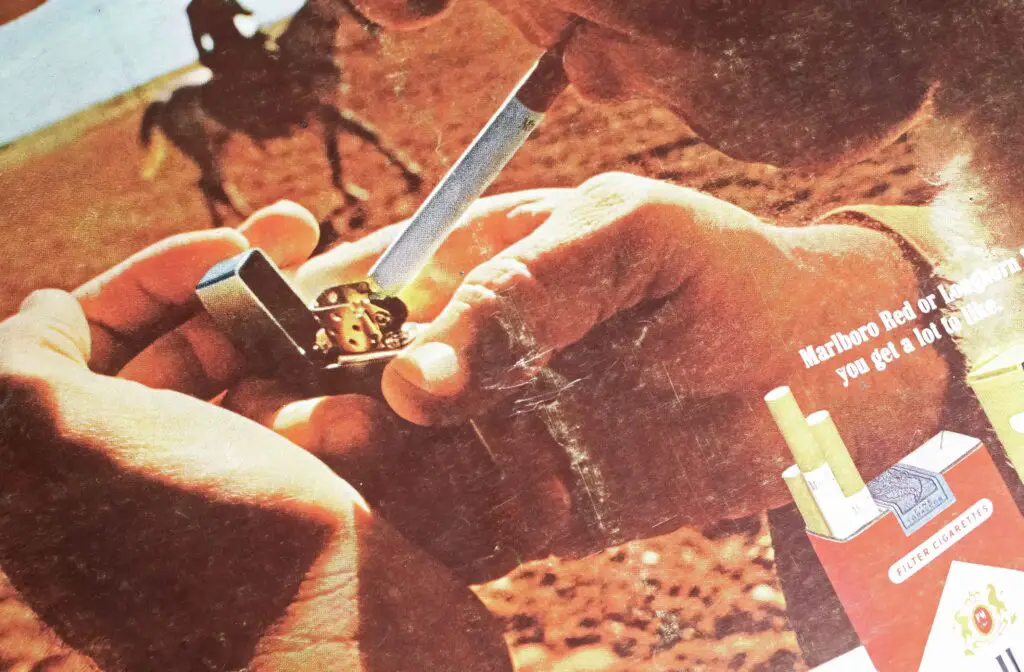
Marlboro’s “You’ve Come a Long Way, Baby” campaign targeted women in the most condescending way possible. The ad implied that women had fought for equality just so they could enjoy the “privilege” of smoking cigarettes. It framed smoking as a symbol of female empowerment, despite the fact that tobacco companies were knowingly selling an addictive and deadly product. The ad showed elegant, stylish women enjoying cigarettes as if it were a sign of progress and independence.
The campaign twisted the women’s liberation movement into a marketing tool, reducing real social change to a gimmick. It suggested that smoking was an act of defiance and strength, which is a dangerous message in any era. Looking at this ad now, it’s shocking how corporations hijacked feminism to sell harmful products. The irony is that smoking disproportionately harmed women’s health, leading to lung cancer rates skyrocketing in the decades that followed. It’s one of the most blatant examples of corporate manipulation in advertising history.
11. Mr. Leggs’ “Keep Her Where She Belongs” Ad
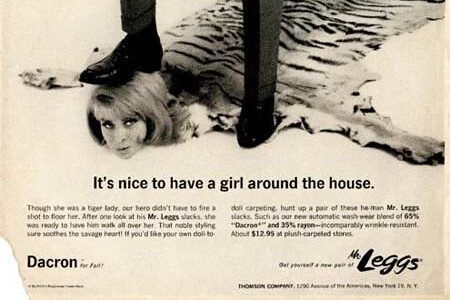
Mr. Leggs, a brand of men’s slacks, ran a horrifyingly misogynistic ad in the ’60s that featured a woman literally lying on the floor under a man’s foot. The tagline read, “It’s nice to have a girl around the house,” as if women were nothing more than accessories. The ad blatantly suggested that men should dominate women, reinforcing harmful ideas about power and control in relationships. Even for the ’60s, this ad was shockingly tone-deaf.
Looking at it today, it’s hard to believe a company would approve something so blatantly degrading. The ad treated women like objects, reinforcing outdated gender norms that took decades to dismantle. If this ad were released today, the backlash would be immediate and severe. It’s an unsettling reminder of how far we’ve come—and how bad things once were. Seeing something like this in a mainstream magazine shows just how much society accepted casual misogyny at the time.
12. Ajax’s “Stronger Than a Woman’s Touch” Ad

Ajax, a well-known cleaning brand, ran a commercial in the ’60s that was condescending to women in a way that feels downright insulting today. The ad featured a husband marveling at how clean his home was, only to be told that his wife had nothing to do with it—Ajax did all the work. The tagline, “Stronger than a woman’s touch,” implied that no matter how hard a woman scrubbed, she’d never be as effective as a cleaning product. The idea that a man could sit back and enjoy a spotless home without lifting a finger was baked right into the messaging.
Watching this commercial now, it’s hard to miss the subtle (and not-so-subtle) jabs at women’s capabilities. It reinforced the idea that housework was strictly a woman’s responsibility, while also downplaying her efforts. The commercial showed the husband acting smug and satisfied, while the wife simply accepted that Ajax had outperformed her. It’s the kind of casual sexism that was rampant in advertising back then, making it painfully obvious how much women were expected to center their lives around cleaning. If this ad were released today, it would be met with immediate backlash, not just for its gender roles but for the outdated assumption that only women should be cleaning in the first place.
13. Diet Pepsi’s “The Skinny Can” Ad
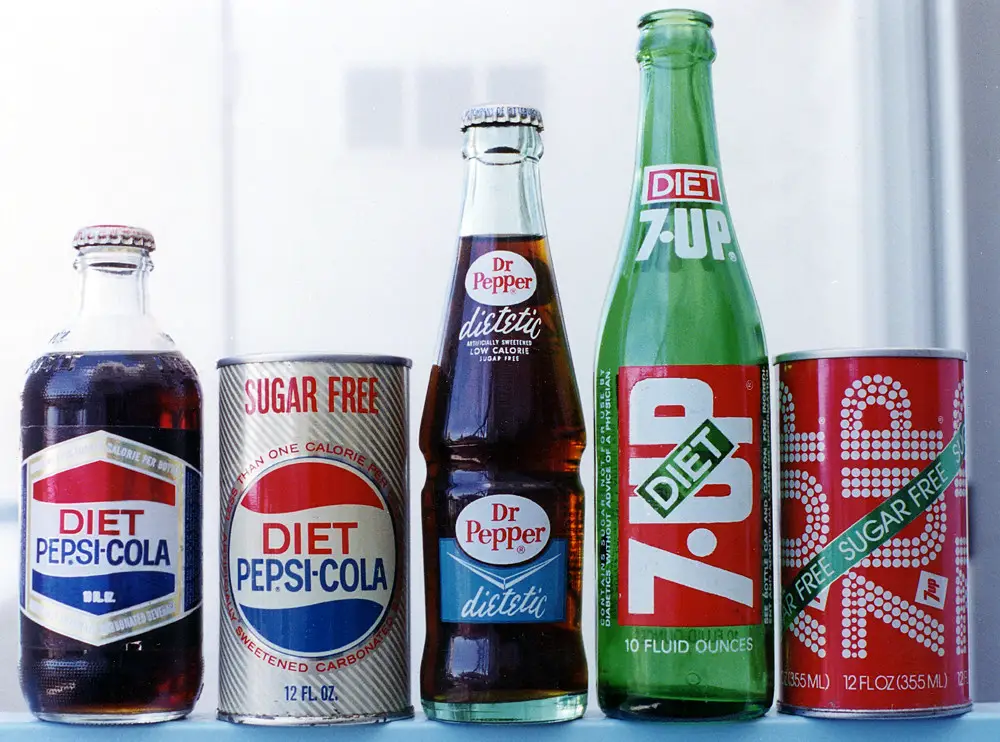
While Diet Pepsi’s infamous “Skinny Can” campaign technically debuted in later decades, the roots of this toxic messaging were alive and well in the ’60s. One particularly unsettling ad from that era featured a woman gleefully drinking Diet Pepsi while a voiceover praised her “slim, attractive figure.” The implication was clear: drinking this soda was the key to staying thin, and staying thin was the most important thing a woman could do. These ads weren’t just selling a drink—they were selling an unattainable beauty standard wrapped in a soda can.
The campaign heavily leaned into the idea that a woman’s value was tied to her body shape, a concept that was reinforced in countless other ads at the time. It played into fears of gaining weight, subtly suggesting that women who didn’t drink Diet Pepsi might lose their desirability. Looking at these ads now, it’s shocking how blatantly they preyed on insecurities while disguising it as empowerment. Modern body positivity movements have worked hard to dismantle these toxic ideas, but seeing ads like this reminds us of how deeply ingrained they once were. The fact that this type of messaging persisted for decades proves just how much damage it did.
14. Hardee’s “She’ll Like It Too” Ad
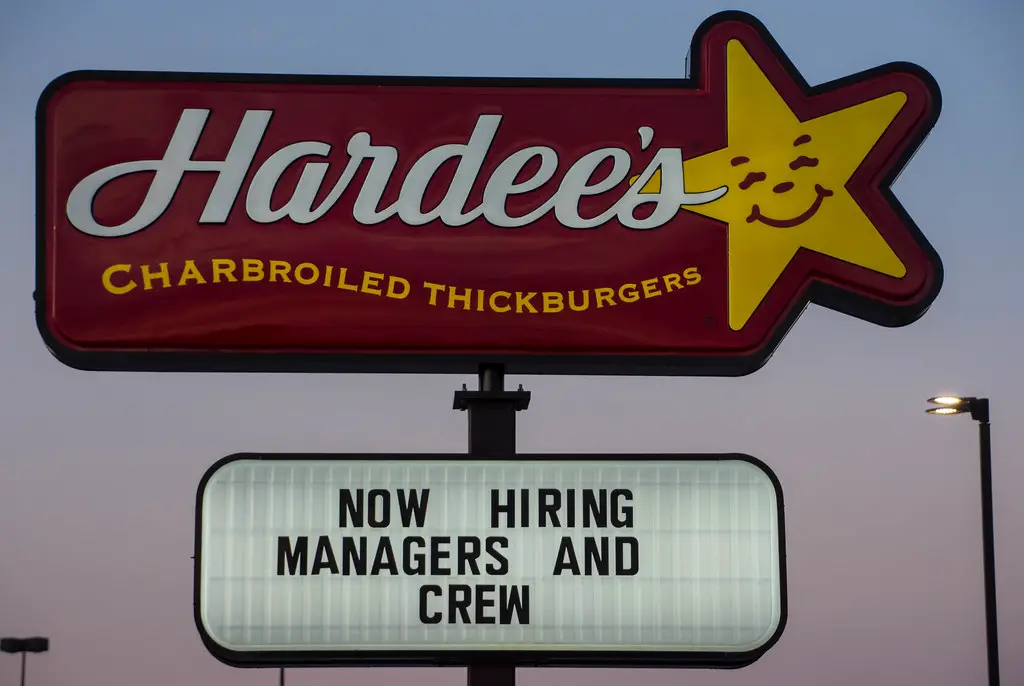
Hardee’s ran a jaw-droppingly sexist ad in the ’60s that essentially told women they had no choice but to like what their husbands ordered for them. The ad showed a man ordering a burger for himself while the tagline read, “She’ll like it too.” The idea was that men made the decisions, even when it came to something as simple as food, and women would just have to go along with it. The commercial featured a woman smiling sweetly as if she were grateful for her husband’s fast-food selection, reinforcing the stereotype that women should be passive and agreeable.
It’s incredible to think that an ad campaign could be built around the idea that women had no agency, but in the ’60s, this was hardly unusual. The messaging wasn’t just outdated—it was outright insulting, reducing women to side characters in their own lives. Today, marketing strategies focus on empowerment and individuality, making ads like this feel even more absurd in hindsight. If a commercial like this aired today, the backlash would be swift and brutal, with consumers calling out its patronizing tone. It’s a stark reminder of just how different the advertising landscape used to be—and how much women were expected to simply accept it.
15. Goodyear’s “A Woman’s Place” Ad
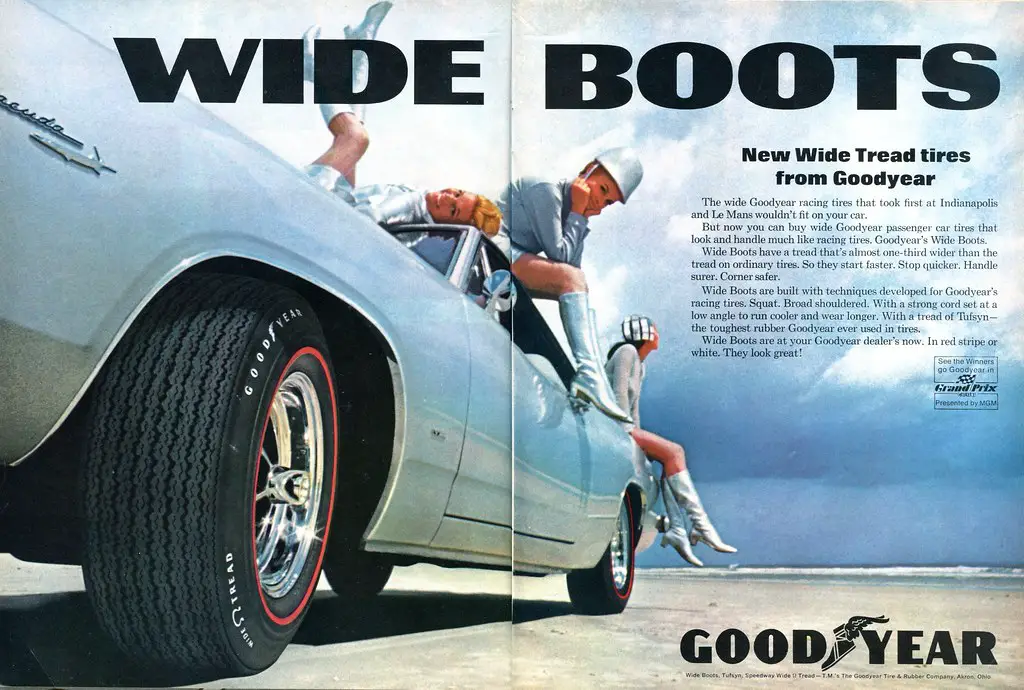
Goodyear ran an ad in the ’60s that suggested women were too incompetent to handle car troubles on their own. The commercial showed a nervous-looking woman stranded on the side of the road, helpless and afraid until a strong, capable man came to her rescue. The message was clear: women shouldn’t be expected to deal with cars, and they certainly couldn’t be trusted to handle a flat tire alone. The ad ended with a voiceover assuring men that if their wives had Goodyear tires, they wouldn’t have to worry about them “getting into trouble.”
The ad reinforced the stereotype that women were helpless when it came to anything mechanical, a notion that still lingers in some ways today. It painted men as the protectors and problem-solvers, while women were portrayed as fragile and incapable. Seeing this ad now, it’s frustrating to realize how deeply these stereotypes were ingrained into everyday life. Modern advertising has worked to challenge these outdated ideas, but this commercial serves as a reminder of how far we’ve had to come. It’s incredible to think that something this blatantly condescending was once considered a solid marketing strategy.
16. Kent Cigarettes’ “Treat Your Throat Gently” Ad
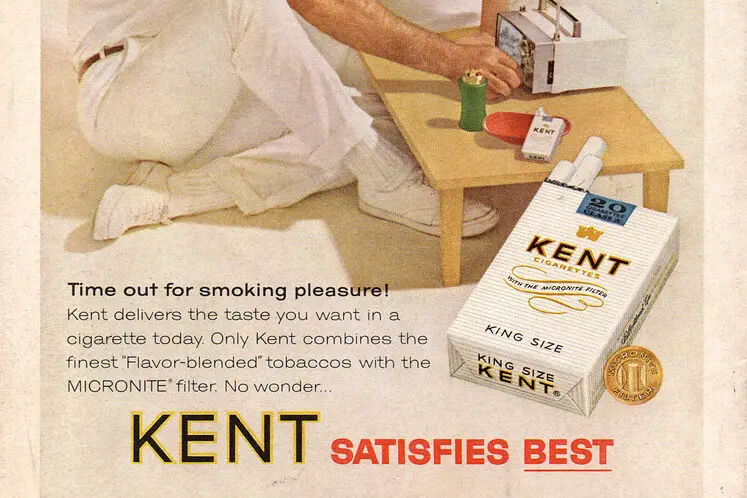
One of the most disturbing cigarette ads of the ’60s came from Kent, which ran a campaign suggesting that their cigarettes were “healthier” because they were gentler on the throat. The ad featured a doctor happily smoking a cigarette while endorsing Kent’s “Micronite Filter,” which supposedly made smoking less harmful. This was part of a larger trend in the ’60s, where cigarette companies routinely used medical professionals to push their products. The idea that doctors were encouraging people to smoke is mind-boggling today, but back then, it was a common tactic.
The fact that medical professionals were used to sell cigarettes makes these ads even more shocking. At a time when smoking-related diseases were already on the rise, companies were still pushing the idea that cigarettes could be a safe or even beneficial choice. Looking at these ads now, it’s horrifying to think about how many people were misled into believing smoking wasn’t dangerous. Today, cigarette advertising is heavily restricted, but back then, companies had free rein to make whatever claims they wanted. It’s a chilling reminder of how unchecked corporate power once was—and how dangerous misleading marketing can be.
